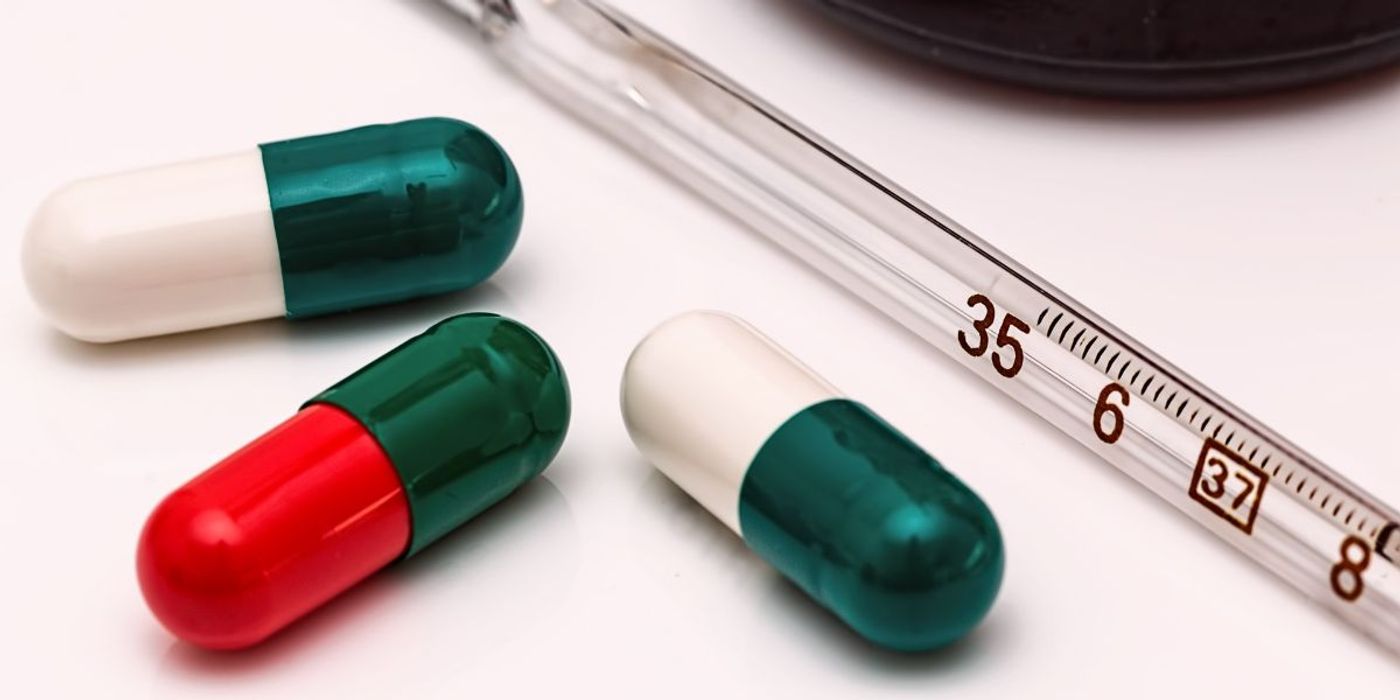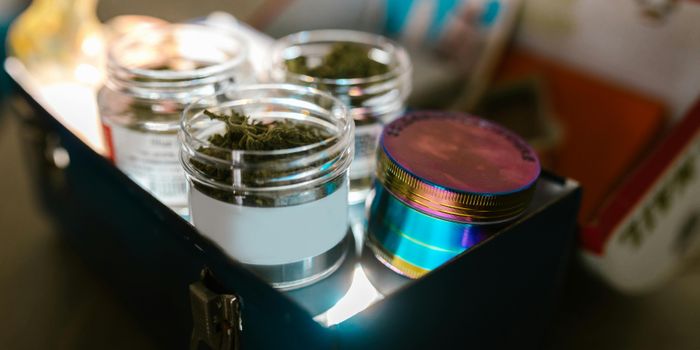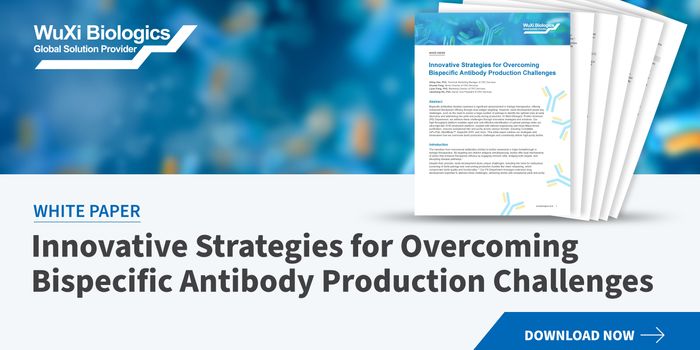Drug Combo Treats 86% of Patients with Gout
Researchers at the University of Michigan have found that a combination of two drugs is twice as effective as current treatments to treat gout.
Gout is a form of arthritis that results from excess uric acid in the bloodstream. It causes intense joint stiffness, severe pain and swollen skin. Currently, there are few oral therapies that lower uric acid and treat gout.
Pegloticase is a drug currently used to treat the condition. It is administered intravenously to dissolve crystallized uric acid in joints when oral medications fail. When used alone, however, it is known to create a potent antibody response in people with severe gout, limiting its efficacy.
As such, researchers wondered whether its effects could be improved if administered alongside an immunomodulatory drug known as mycophenolate mofetil (MMF) to limit antibody production.
"Gout can cause as severe disability as rheumatoid arthritis, but there are nowhere near the number of modalities to treat it," says Puja Khanna, one of the study’s authors.
"Getting a new medication from inception to FDA approval can take anywhere from 10-20 years, so our team combined these drugs to optimize the efficacy of what we already have."
For the study, the researchers recruited 32 patients with gout. They were randomized on a 3:1 ratio to either receive 1000 mg of MMF twice daily or a placebo for 14 weeks. After 2 weeks of either MMF treatment or a placebo, they were all given intravenous 8 mg of Pegloticase twice a week for 12 weeks. The patients received Pegloticase alone between week 12 and week 24.
When used alone, 42% of patients treated with Pegloticase typically see uric acid levels fall below therapeutic target levels of under 6mg/dL. Following this, 40% of control subjects in the study saw this level of improvement after 12 weeks of treatment. However, 86% of patients treated with MMF achieved this result.
At week 24 however, the researchers noted that those with serum urate levels below 6mg/dL fell to 68% among those treated with MMF, and 30% among those treated with the placebo. As such, the researchers wonder if they had continued MMF for the whole study period, whether they would have seen a 100% response rate.
The researchers now hope that future studies will examine how long subjects need to take MMF before and after starting Pegloticase transfusions.









